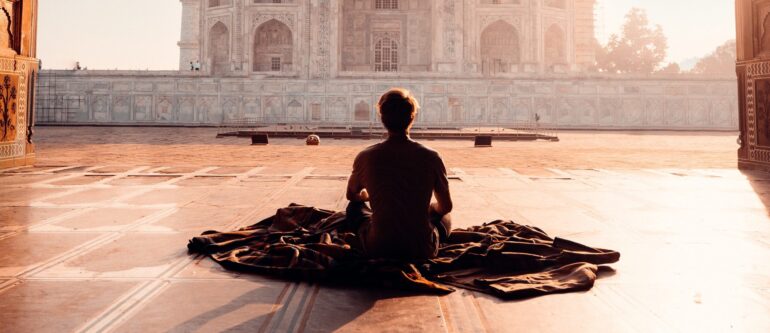
By James Eischen
Living in tumultuous times is distressing. Disputed elections and pandemic trigger our best and worst impulses amidst the most profound information proliferation in world history via online 24/7 news and social media. We’re immersed in the challenge of finding truth, descending into tribal factions that seem to question all aspects of reality. Anyone’s crazy idea becomes news, or a meme. Is there a way out?
An injured Spanish soldier in 1521 required roughly a year to heal — that’s a lot of solitary thinking time well before modern information publication methods. That soldier, Ignatius of Loyola, used that time well. Between 1522 and 1524 he composed what was eventually called the “Spiritual Exercises of St. Ignatius of Loyola.” He observed that we humans seem drawn to what he described as both good and evil. How do we discern that difference, whether a “spirit” (or impulse?) is directing us toward a good or bad place? His composition on discernment is complex and profound. What I find most insightful in his work: good can seem bad, bad can seem good, so we must step back and examine whether an influence brings us love, joy, and peace. But perhaps a “good” influence also causes discomfort that calls us to reexamine our life — so discernment isn’t just “feeling good” or purely instinctual. By contrast, an impulse can prompt confusion and doubt, yet cause us to discourage ourselves from necessary change with some negative version of contentment. That impulse must be questioned and rejected. And finally, inserting ourselves into the stories or teachings we find profoundly helpful, using empathy, can help us better understand and actually live the truths of those teachings.
So let’s press pause on all the anger and blame, and focus on the time-tested teachings that we know profoundly and reliably influence us toward more positive personal growth. That’s a good start. Then let’s discern whether we are helping to create a world of love, joy, and peace, while also experiencing necessary discomfort to prompt positive personal change. That’s a good teaching! Or are we freezing ourselves into a bubble full of confusion and doubt that leads us to a false contentment where we remain stuck? Maybe that’s not such a good teaching!
If we take the time, like that injured solider in 1521, to think broadly and empathetically and question our impulses, applying discernment skills to ourselves to challenge ourselves (not others) toward positive change, we all do our own small part to inject a little love and necessary discernment when it is most needed — right now.